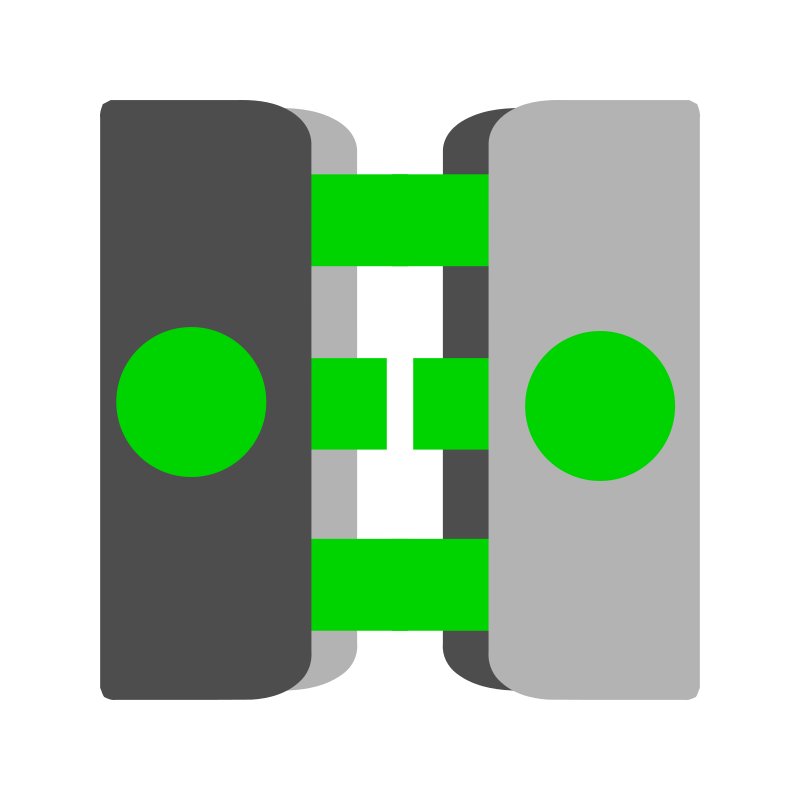Exploring Conic Sections (Conics)
Conic sections, or conics, are special curves formed by the intersection of a plane with a double-napped cone. These elegant shapes—circles, ellipses, parabolas, and hyperbolas—are not only mathematically beautiful but also describe fundamental phenomena in physics, astronomy, and engineering.
A conic section is a curve obtained as the intersection of the surface of a cone with a plane. The angle and position of the intersecting plane relative to the cone determine the type of conic section formed.
They were extensively studied by ancient Greek mathematicians, notably Apollonius of Perga.
- Circle: Formed when the plane intersects the cone perpendicular to its axis. All points on the circle are equidistant from its center.
- Ellipse: Formed when the plane intersects one cone at an angle, but not perpendicular to the axis, and does not pass through the apex. It's an elongated circle.
- Parabola: Formed when the plane intersects the cone parallel to one of its generating lines (a line on the cone's surface passing through the apex). It is an open curve.
- Hyperbola: Formed when the plane intersects both halves (nappes) of the double cone. It consists of two separate, open curves.
Each conic section has a standard algebraic equation that defines its shape and position. Common forms are centered at the origin (0,0) or at (h,k).
- Circle (center (h,k), radius r): \((x - h)^2 + (y - k)^2 = r^2\)
- Ellipse (center (h,k), semi-major axis 'a', semi-minor axis 'b'):
- Horizontal: \(\frac{(x - h)^2}{a^2} + \frac{(y - k)^2}{b^2} = 1\)
- Vertical: \(\frac{(x - h)^2}{b^2} + \frac{(y - k)^2}{a^2} = 1\)
- Parabola (vertex (h,k)):
- Opens up/down: \((x - h)^2 = 4p(y - k)\)
- Opens left/right: \((y - k)^2 = 4p(x - h)\)
- Hyperbola (center (h,k), transverse axis 'a', conjugate axis 'b'):
- Horizontal: \(\frac{(x - h)^2}{a^2} - \frac{(y - k)^2}{b^2} = 1\)
- Vertical: \(\frac{(y - k)^2}{a^2} - \frac{(x - h)^2}{b^2} = 1\)
The eccentricity (e) is a key parameter that defines the shape of a conic section:
- Circle: \(e = 0\)
- Ellipse: \(0 < e < 1\)
- Parabola: \(e = 1\)
- Hyperbola: \(e > 1\)
When the plane intersects the apex of the cone, degenerate conic sections are formed:
- Point: Intersection of a plane with the apex (e.g., perpendicular plane).
- Single Line: Intersection of a plane tangent to the cone's surface, passing through the apex.
- Pair of Intersecting Lines: Intersection of a plane passing through the apex and cutting both nappes of the cone.
Conic sections have vast applications in science and engineering:
- Astronomy: Planetary orbits (ellipses), cometary paths (ellipses, parabolas, hyperbolas).
- Optics: Design of lenses and mirrors (parabolic mirrors in telescopes and satellite dishes, elliptical reflectors in lithotripsy).
- Engineering: Bridges (parabolic arches), cooling towers (hyperbolic shape for strength).
- Architecture: Dome structures (elliptical or parabolic cross-sections).
